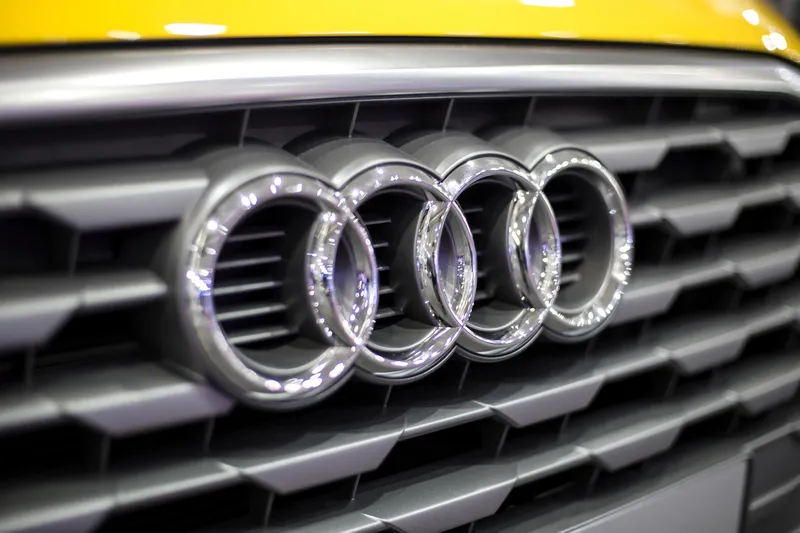The CAR 2 CAR Communication Consortium and the C-Roads Platform have signed a Memorandum of Understanding which enables a close cooperation between the automotive industry, road authorities and road operators for preparing the deployment of initial cooperative ITS services across Europe by 2019.
Short-range wireless communication from vehicle to vehicle (V2V) and vehicle to infrastructure (V2I), based on the ITS-G5 standard represents, together with hybrid communication technologies an essential cornerstone towards safe connected automated driving.
Both partners support the recommendation developed by the
Interoperability of C-ITS services is a pre-requisite for enabling seamless driver experience while travelling cross-border on European roads, enabling vehicles to communicate with each other and road operators to provide the best support for all traffic situations. Initiatives to achieve this are broadly facilitated by the European Commission and gain additional importance with increasing automation of the vehicles.
CAR 2 CAR Communication Consortium and C-Roads Platform sign MOU on cooperative ITS
The CAR 2 CAR Communication Consortium and the C-Roads Platform have signed a Memorandum of Understanding which enables a close cooperation between the automotive industry, road authorities and road operators for preparing the deployment of initial cooperative ITS services across Europe by 2019.
June 21, 2017
Read time: 2 mins









